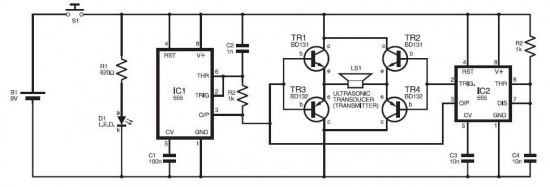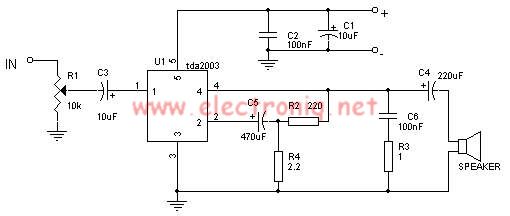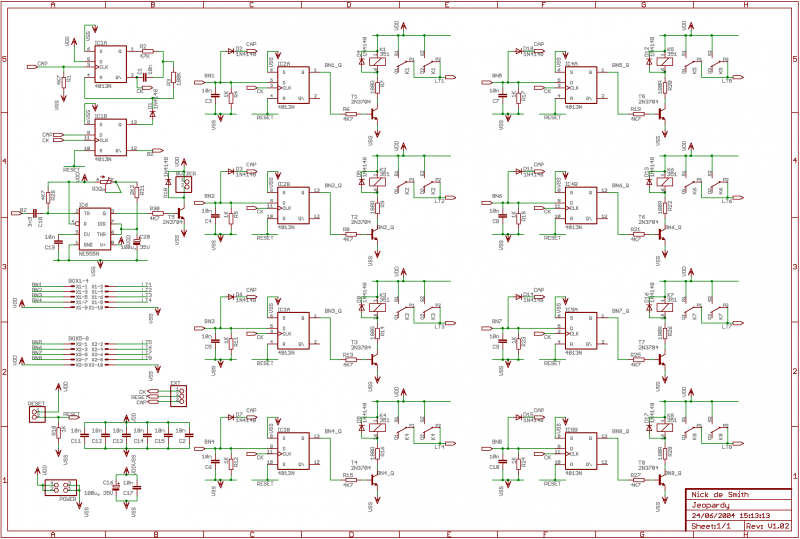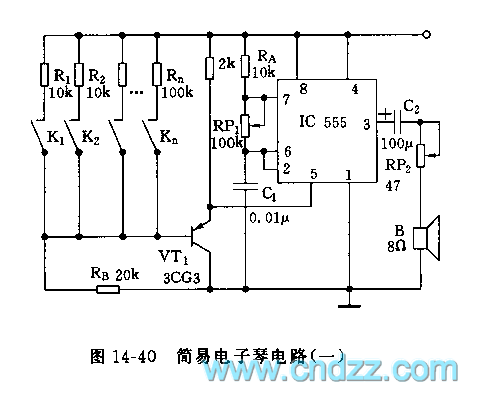
Electronic dog repellent project

The electronic dog repellent circuit diagram below features a high-output ultrasonic transmitter designed primarily to function as a repeller for dogs and cats.
The electronic dog repellent circuit utilizes an ultrasonic transmitter to emit sound waves at frequencies above the audible range for humans, typically around 20 kHz to 40 kHz. This frequency is unpleasant for dogs and cats, effectively deterring them from approaching the area where the device is deployed.
The circuit generally consists of several key components: a power supply, an oscillator circuit, a modulator, and a piezoelectric ultrasonic transducer. The power supply can be a battery or a wall adapter, providing the necessary voltage and current for the circuit operation.
The oscillator circuit generates a high-frequency signal, which is then modulated to create varying sound patterns that enhance the repelling effect. This modulation can be achieved using a simple transistor-based oscillator or a more complex microcontroller setup that allows for programmable frequency variations.
The piezoelectric ultrasonic transducer converts the electrical signals from the oscillator into ultrasonic sound waves. The design of the transducer is crucial, as it determines the efficiency and range of the emitted sound.
For optimal performance, the circuit may include additional features such as a motion sensor to activate the ultrasonic transmitter only when animals are detected, thereby conserving power and extending the device's operational life.
In summary, this electronic dog repellent circuit is an effective solution for deterring unwanted animals using high-frequency sound waves, leveraging key electronic components to achieve its purpose.The electronic dog repellent circuit diagram below is a high output ultrasonic transmitter which is primarily intended to act as a dog and cat repeller, wh. 🔗 External reference
The electronic dog repellent circuit utilizes an ultrasonic transmitter to emit sound waves at frequencies above the audible range for humans, typically around 20 kHz to 40 kHz. This frequency is unpleasant for dogs and cats, effectively deterring them from approaching the area where the device is deployed.
The circuit generally consists of several key components: a power supply, an oscillator circuit, a modulator, and a piezoelectric ultrasonic transducer. The power supply can be a battery or a wall adapter, providing the necessary voltage and current for the circuit operation.
The oscillator circuit generates a high-frequency signal, which is then modulated to create varying sound patterns that enhance the repelling effect. This modulation can be achieved using a simple transistor-based oscillator or a more complex microcontroller setup that allows for programmable frequency variations.
The piezoelectric ultrasonic transducer converts the electrical signals from the oscillator into ultrasonic sound waves. The design of the transducer is crucial, as it determines the efficiency and range of the emitted sound.
For optimal performance, the circuit may include additional features such as a motion sensor to activate the ultrasonic transmitter only when animals are detected, thereby conserving power and extending the device's operational life.
In summary, this electronic dog repellent circuit is an effective solution for deterring unwanted animals using high-frequency sound waves, leveraging key electronic components to achieve its purpose.The electronic dog repellent circuit diagram below is a high output ultrasonic transmitter which is primarily intended to act as a dog and cat repeller, wh. 🔗 External reference





